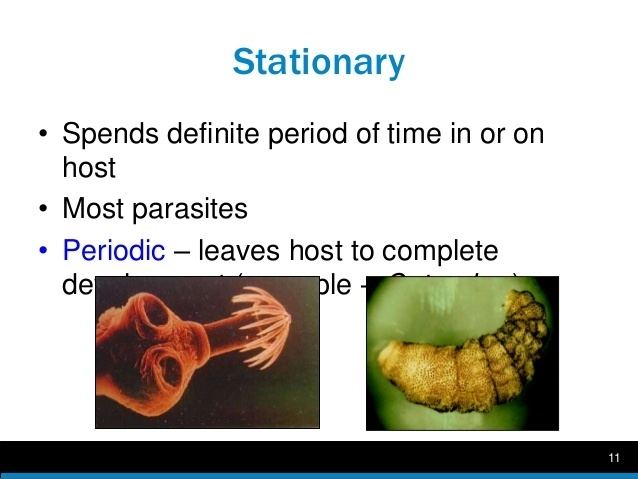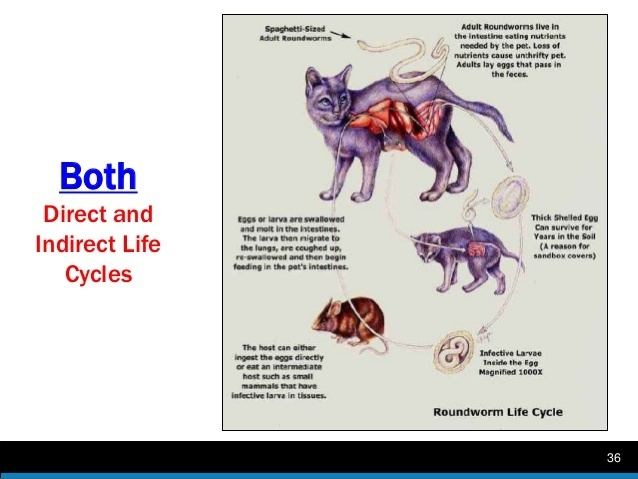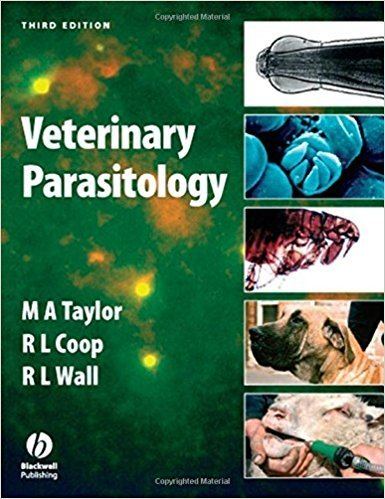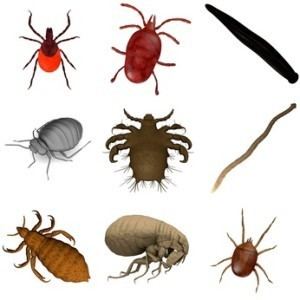 | ||
Introduction to entomology part i
Veterinary parasitology is the study of animal parasites, especially relationships between parasites and animal hosts. Parasites of domestic animals, (livestock and pet animals), as well as wildlife animals are considered. Veterinary parasitologists study the genesis and development of parasitoses in animal hosts, as well as the taxonomy and systematics of parasites, including the morphology, life cycles, and living needs of parasites in the environment and in animal hosts. Using a variety of research methods, they diagnose, treat, and prevent animal parasitoses. Data obtained from parasitological research in animals helps in veterinary practice and improves animal breeding. The major goal of veterinary parasitology is to protect animals and improve their health, but because a number of animal parasites are transmitted to humans, veterinary parasitology is also important for public health.
Contents
- Introduction to entomology part i
- Veterinary parasitology
- Diagnostic methods
- Coprological
- Haematological
- Histopathological
- Immunological
- Molecular biological
- Veterinary protozoology
- Veterinary helminthology
- Veterinary entomology arachnoentomology
- References

Veterinary parasitology
Diagnostic methods

Various methods are used to identify parasites in animals, using feces, blood, and tissue samples from the host animal.
Coprological

Coprological examinations involve examining the feces of animals to identify and count parasite eggs. Some common methods include fecal flotation and sedimentation to separate eggs from fecal matter. Others include the McMaster method, which uses a special two-chamber slide that allows parasite eggs to be more clearly visible and easily counted. It is most commonly used to monitor parasites in horses and other grazing and livestock animals. The Baermann method is similar but requires more specialized equipment and more time and is typically used to diagnose lungworm and threadworm.
Haematological

Haematological examinations involve examining the blood of animals to determine the presence of parasites. Blood parasites tend to inhabit the erythrocytes or white blood cells and are most likely to be detected during the acute phase of infection. Veterinary parasitologists use blood smears, which involve placing a drop of blood onto a slide and spreading it over the surface in a thin film in order to examine it under a microscope. The blood is stained with a dye in order for the cells to be easily distinguished.
Histopathological

Histopathological examinations involve examining tissue samples from animals. A small slice of the organ suspected of being infected by parasites is mounted on a slide, stained, and examined under a microscope.
Though not technically considered a histopathological technique, skin scraping – which involves taking a small sample of the epidermal cells of a dog, cat, or other household pet – is commonly used to detect the presence of mites.
Immunological
Immunological examinations, such as indirect immunofluorescence, ELISA, Immunoblotting (Western blot), and Complement fixation test are methods of identifying different kinds of parasites by detecting the presence of their antigens on or within the parasite itself. These diagnostic methods are used in conjunction with coprological examinations for more specific identification of different parasite species in fecal samples.
Molecular biological
Molecular biological methods involve studying the DNA of the parasite in order to identify it. PCR and RFLP are used to detect and amplify parasite DNA found in the feces, blood, or tissue of the host. These techniques are very sensitive, which is useful for diagnosing parasites even when they are present in very low numbers; they are also useful for identifying parasites not only in large animal hosts but smaller insect vectors.
Veterinary protozoology
Examples of protozoan parasites:
Veterinary helminthology
Examples of helminth parasites:
Veterinary entomology (arachnoentomology)
Examples of arachnid, insect, and crustacean parasites:
